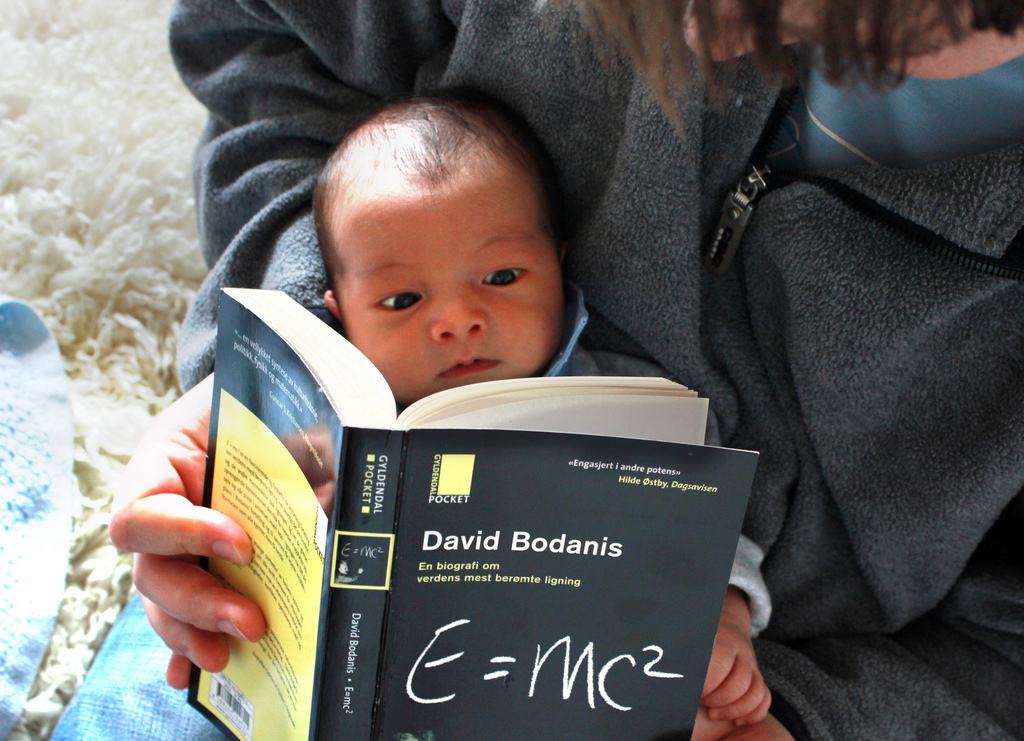Reading to Your Wiggly Preschooler
 You've heard that reading to your children is important for their eventual success in school and in life. But your preschooler just won't sit still to listen to you read!
You've heard that reading to your children is important for their eventual success in school and in life. But your preschooler just won't sit still to listen to you read!
In order to have success at reading to your little ones, you need to have the right goals for your reading time. For infants, reading is about hearing the intonation of your voice. They aren't going anywhere, and they don't understand the words, so you can read whole sections from your own books if you want.
Once your baby starts getting busy, reading is about vocabulary building. Vocabulary for babies and toddlers is all about nouns. At this age, you should be looking at board books together and naming only one object per page. No adjectives—just "ball," "truck," or "book." They need to understand names of objects before you add colors, shapes, or sizes to those objects. Your toddler will want to turn pages himself—let him. If he wants to turn pages backwards or skip pages, let him. You are not teaching sequence right now, you are just teaching words.
Even with this very simple style of reading, your little one may only last for three pages. It is important not to force him to sit still for more. Instead, try to very gradually stretch his attention span. If you names three objects this time, see if he will pay attention to four next time. Make sure your tone of voice communicates excitement. Sometimes allowing your child to hold a toy or comfort item will encourage him to sit still longer.
Around the age of two, children become able to create two-word sentences ("Daddy home," "Ball mine."). They also should have a solid vocabulary of single-word nouns at this point. When you see these abilities, you can begin to add simple adjectives to your reading (big truck, little truck, red ball, green ball).
This kind of reading is important even if you have a child that will cuddle with you and listen for hours. With that kind of child, you can also read stories or talk all about the pictures, but you will also want to do lots of simple naming in order to build their vocabulary.
When your child is two or three, you can help them interact with the books by asking if they can find objects in the pictures. As they get more adept at this, you can ask them to find more and more details (Is anyone wearing a hat in this picture?). Noticing details in pictures will train their brains to notice details in letters and numbers, preparing them for reading later on.
When your child is paying attention well to two-word sentences in your reading, you can try out reading simple stories. Again, don't force it if your child isn't interested. Just give it more time and try again in a few weeks. At this point, your child will begin to learn sequence, learning the concept of before and after by following a story in order. You can encourage this by asking "What do you think will happen next?" A three-year-old will turn the page to find out. A four- or five-year-old will begin to think about it and guess. From there, a whole world of reading together opens up.
If you are struggling with reading, take heart. A love for reading can be trained by taking it slow, stretching your child gradually, and keeping things very simple.
Related Posts
By accepting you will be accessing a service provided by a third-party external to https://mail.growthandgiggles.com/

